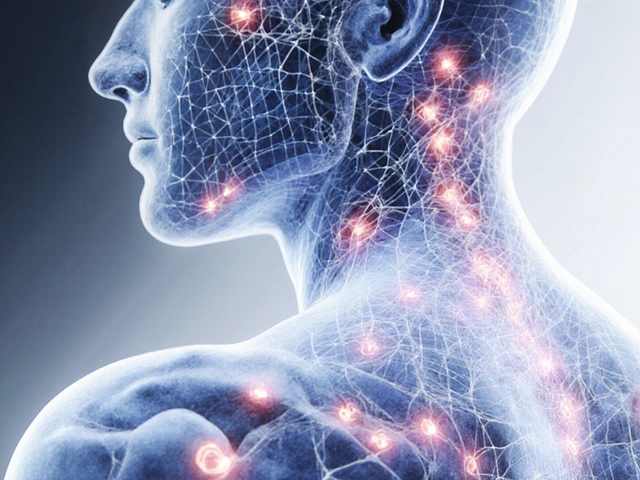Self-healing: simple tools to ease pain and boost recovery
Simple touch, small movements, and a few focused minutes can cut pain and stress fast. You don’t need fancy gear to start. This page collects practical, low-risk ways to help your body heal—stuff you can try at home and ideas for when to see a pro.
Quick self-healing moves you can try today
Acupressure: Press the web between your thumb and index (LI4) for tension headaches. Hold gently for 60–90 seconds, breathe slowly, repeat on the other side. Avoid LI4 if you’re pregnant. Another easy point is the low back area just outside the spine—press gently where you feel tight and breathe into the sensation for 30–60 seconds.
Trigger-point self-massage: Find a knot in a shoulder or calf, apply steady pressure with a thumb or a tennis ball for 20–40 seconds, then move the limb slowly while keeping pressure. You should feel a loosening, not sharp pain. Repeat 2–3 times and check posture afterwards—sometimes the knot comes back because of how you sit or sleep.
Mindful movement (Feldenkrais-style): Choose one slow, small movement—like rolling your ankle or letting your shoulder circle slowly. Move at half speed, notice where it’s tight, stop, and repeat. Tiny changes in how you move often lead to lasting shifts in comfort and flexibility.
Breath + warmth combo: If muscles are stiff, a 10-minute warm shower or a heat pack before gentle stretches helps. Breathe deeply while stretching—exhale as you ease into the stretch. Heat plus slow breath reduces guarding and lets tissues relax faster.
Picking a therapy and a practitioner
Match the approach to the problem. For tight posture or chronic low-back issues, look at structural work like Hellerwork or Rolfing. For gentle re-patterning and nervous-system work, Feldenkrais or Ortho-Bionomy are good. For immediate muscle knots, trigger-point or deep-tissue massage helps. For mind-body balance and cultural tradition, try hilot, Lomi Lomi, or Amma.
How to choose a therapist: check training and years of hands-on experience, read recent client reviews, and ask how they handle medical issues (scoliosis, recent surgery, pregnancy). If you have a medical condition, tell them upfront and get a referral from your doctor if needed. Trust your instincts—if a therapist rushes or ignores questions, keep looking.
Frequency and tracking: Start with 1–2 weeks of home practice plus one professional session if you can. Keep a short pain and mobility log—note what you did, how it felt immediately, and how you felt the next day. If something improves steadily, you’re on the right track. If pain worsens or new symptoms appear, stop and seek medical advice.
Final practical tip: combine methods. A short acupressure routine, daily mindful movement for 5–10 minutes, and monthly targeted massage often beats doing one single thing. Small, consistent actions add up—self-healing is a habit, not a one-time fix.

How Ortho-Bionomy Can Change Your Life
Ortho-Bionomy is a gentle, non-invasive approach to bodywork that can help relieve pain and improve body awareness. It focuses on the body's own ability to heal itself, using simple positions and movements. This approach is particularly effective for those dealing with chronic pain, stress, and mobility issues. If you're looking for a way to support your body's natural healing process, Ortho-Bionomy might just be the answer.

Exploring Bioenergetics: Harnessing Your Body's Energy for a Healthier Life
Dive into the science of bioenergetics, a fascinating field that explores how you can tap into your body's inherent energy for improved health and well-being. By understanding the principles of bioenergetics, you unlock the potential to harmonize your physical and mental health, reduce stress, and enhance your vitality. This comprehensive guide will provide you with practical tips, key facts, and thought-provoking insights into how bioenergetics can positively transform your life.
Categories
- Health and Wellness (148)
- Alternative Therapies (86)
- Massage Therapy (40)
- Travel and Culture (15)
- Beauty and Skincare (9)
- Holistic Health (8)
- Health and Fitness (5)
- Spirituality (5)
- Other (2)
- Personal Development (2)
Popular Articles

Myofascial Release Therapy: The New Era of Healing
Oct, 26 2025


